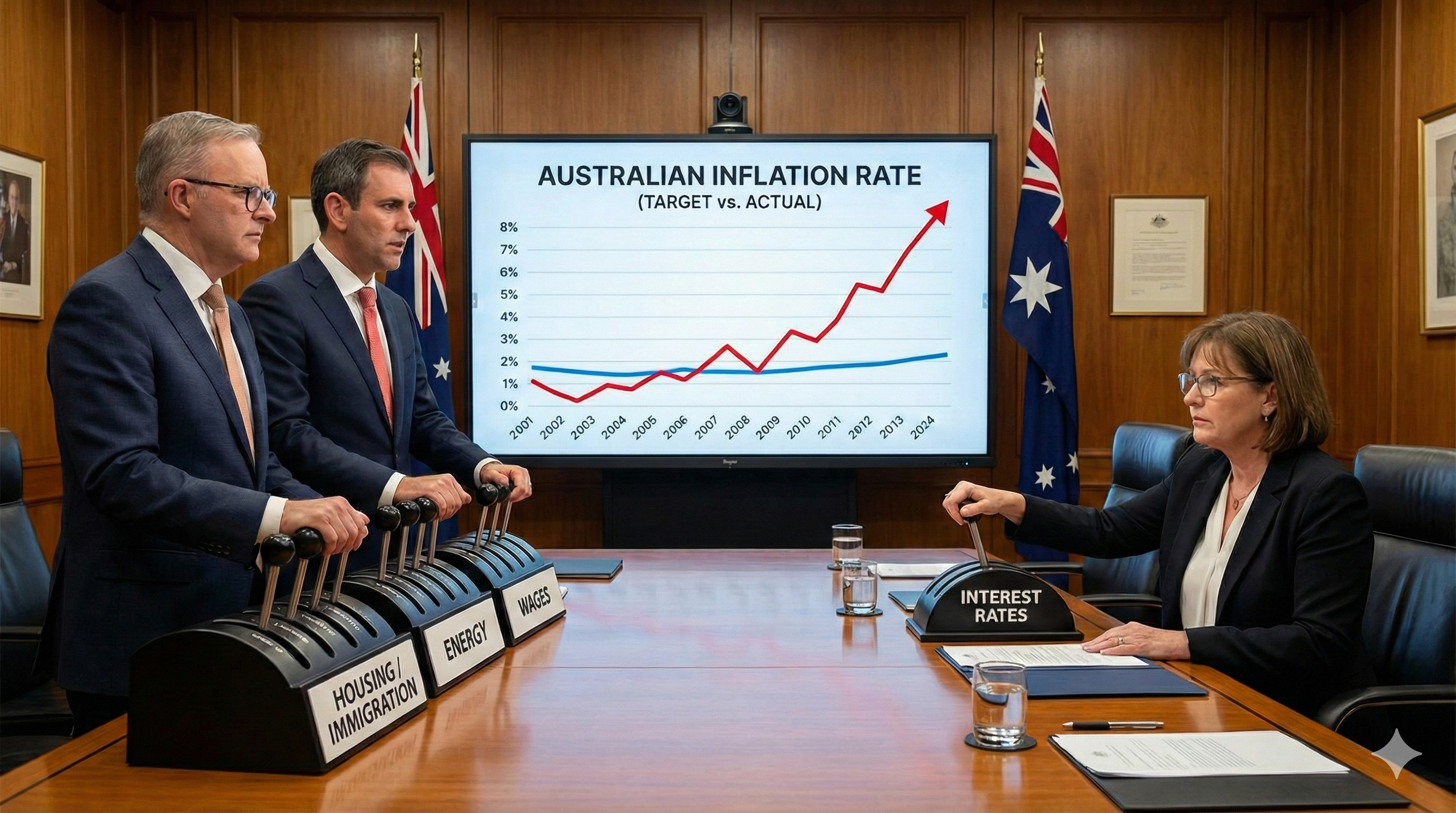Banking crisis: all you have to fear is fear itself
It feels like stock markets are standing at the top of a very slippery slope. No guarantees that stock markets will fall, but the risks are certainly elevated. The unfolding banking crisis has several curious factors.
The crisis is largely self-inflicted
Banking runs usually occur because a bank of questionable solvency runs into an image problem.
In a bull market, most banks with problems so far would have been fine. Credit Suisse had a dry run last year and managed not to go under. Silicon Valley Bank would have been able to raise capital. Ditto First Republic. Signature Bank and Silvergate Capital might have managed through if crypto-currencies held up. Aside: don't get me started on the irony of crypto bros who were trying to re-make the financial system (a) keeping all their money in banks and (b) needing a bailout.
The issue now is that the market is looking for weakness. Short sellers (PS "mostly" not to blame) are on the hunt.
In a way, the key issue to be resolved is the market's own fear.
The bad debts haven't even started yet!
Usually, a banking crisis comes after companies start going broke. It works like this:
- Interest rates rise.
- Borrowers have problems paying back loans and start to go bankrupt.
- Banks take writedowns on loans.
- Banks start restricting credit for risk purposes and to ensure the barn gate is firmly closed after the horse has bolted.
- This sends more companies bankrupt.
- Investors start to question bank solvency.
- Banks restrict credit further.
- This sends more companies bankrupt.
- Banking crisis.
We have skipped to step six. Steps two through five are still going to occur! And will probably be worse because banks, particularly regional ones, will restrict credit.
To put it another way:
The banks having problems now are the ones that stuffed up their hedging. The ones that stuffed up their lending are still to come.
Problems with US regional banks
US regional banks have a number of structural issues, as we covered in a podcast recently.
1. They are more dependent on loans for income
This does not apply to the banks that have had problems so far.
But, most regional banks are heavily skewed toward loans for their income, with loan/deposits around 80% vs 60% for major banks. So, if corporate bankruptcies start... strike that. When corporate bankruptcies start, US regional banks will be more exposed.
2. They have more in commercial real estate
About a quarter of loans for regional banks, vs less than 10 per cent for major banks.
Regional banks will be hit harder if there are issues in commercial real estate. Globally, demand for top-quality office space has been OK. Demand for lower-rated office space has been poor, and getting worse, despite a strong jobs market. Commercial real estate is a potential land mine for banks when the jobs market turns.
3. Small banks have more depositors with large balances than big banks
This might sound like a good thing. It isn't.
Say a bank will be in trouble if it gets withdrawals of $1 billion in a week. Which is more likely:
- 100,000 people withdraw $10,000 each
- 100 people withdraw $10 million each
On top of being more tapped into current news and events, big depositors tend to be more price sensitive.
4. Banking reserves are lower
These are the reserves that buffer against loan losses. Reserve-to-asset ratios are less than half that of larger banks.
So, more loans, less buffer.
CoCos are cracking
Forget CoCos for a moment. The main point is that bank fund costs have jumped significantly. We have just had a de-facto global interest rate rise. It will cost banks more to loan money. They will pass this on.
CoCos are a type of hybrid debt that banks raise for protection. When things get tough, they can be converted. Credit Suisse just converted some, with enormous losses for bondholders. Investors have suddenly remembered that the additional interest rate on these securities looks small if there are capital losses.
Bank funding costs are rising up and down the entire bank funding structure.
One weak member of the herd at a time
Any bank is vulnerable to a banking run. This is why central banks were created, so that liquidity issues did not send banks bankrupt.
At the moment, the weak members of the banking herd are being picked off. These banks have had solvency issues or at least question marks. Credit Suisse, while poorly run, appeared solvent prior to the run on deposits.
If this continues, where markets go to the next weak bank and the next, it will (a) sharply restrict credit and (b) accelerate other corporates going bankrupt and (c) cause issues at more banks.
Without a circuit breaker, it could all unwind much more quickly.
Whatever it takes?
The European sovereign debt crisis played out in a similar fashion. First, the insolvent. Then the ones with significant question marks were targeted. Then, rising funding costs started to create problems in seemingly OK countries.
Markets are heading down the same path, just with banks this time.
The European Central Bank president famously finished the crisis with his whatever it takes speech.
Is there a central banker ready with the same speech now? Probably. But my bet is that high inflation will delay the delivery of that speech. And the delay will make things worse.
Banking Crisis Outlook
First, let me put my own biases out there. We have been positioned for an end-of-cycle event for some time. We are heavily invested in bonds and are working out when to switch back to equities. So, I'm wondering when the downturn will occur and how deep. Not "if" it will happen.
Central banks typically raise interest rates until something breaks. Is this the "something"? It is a reasonable likelihood.
Bailouts are still possible. Maybe the situation will be brought under control, and interest rates will keep rising until something else breaks.
But, it seems just as likely that central banks, with an eye to high inflation, will do the minimum possible to avoid disaster. If this happens, the real economy will suffer. It will turn the base case from a mild recession to a deep recession.







